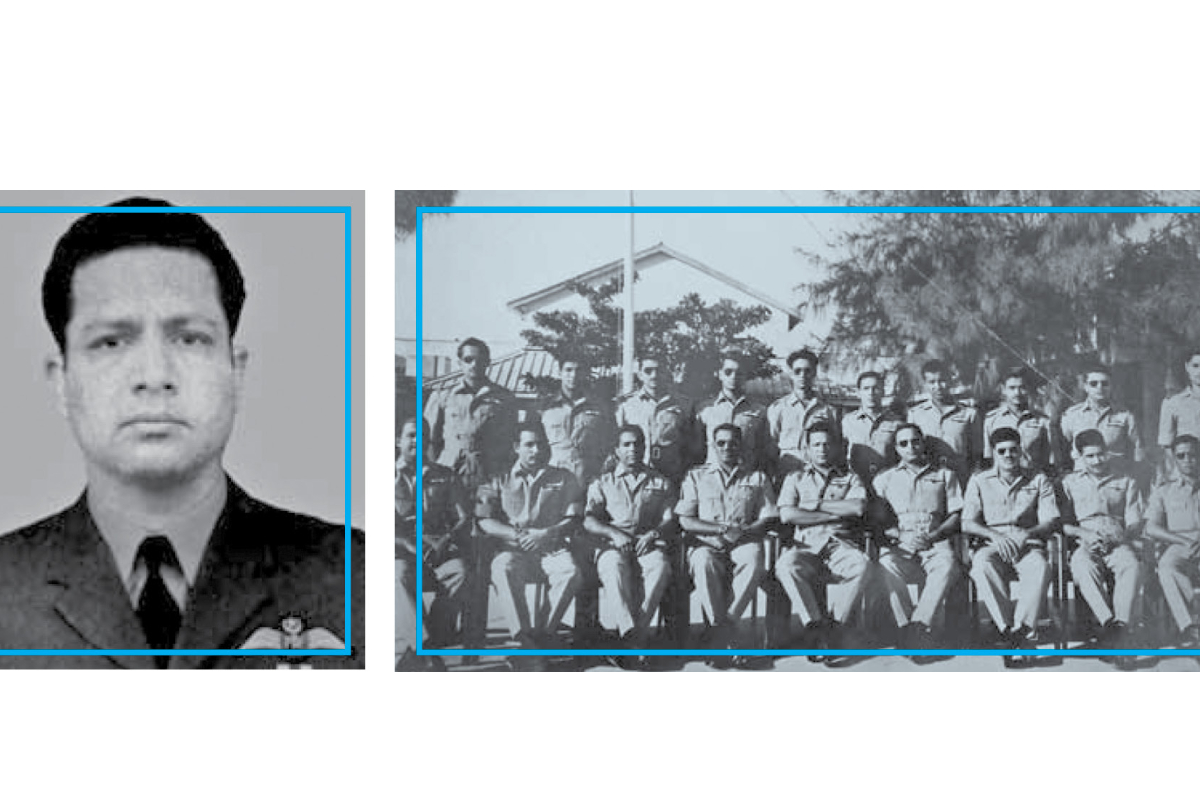A Lionhearted Leader

A Lionhearted Leader
Gp Capt Sikandar led his Wing from the front during the 1965 War
In April, 1965, India had set out to occupy the desolate mud flats and salt wastes of the Rann of Kutch. At the time, there had been reports of oil prospects in the region, which had lured India into launching this misadventure. In light of the armed flare up in the area, the Pakistan Air Force (PAF) swiftly prepared to react, should the Indian Air Force (IAF) commit to its operations. The alert directly concerned two PAF bases: Mauripur to cover the Rann of Kutch emergency in the south and; Sargodha to keep an eye on the IAF line up at Pathankot, Halwara and Adampur in the north. It was in this backdrop, that Group Captain Masood Sikandar, then a Wing Commander, was commanding the Number 32 Flying Wing at Mauripur.
From April 15, 1965, all operational aircrafts at Mauripur were ordered to operate with wartime dispersals in combat readiness and their operation rooms started to function round the clock. During these trying times, Sikandar not only prepared the young fighter pilots of his Wing for the war, but also led them from the front by actively participating in the operational missions. On April 17, 1965, operation ‘Desert Hawk’ was launched and his Wing was tasked to fly regular Combat Air Patrol (CAP) missions, carry out reconnaissance from outside the Kutch area, and fly at least six simulated close support missions daily with the Eight Division of the Pakistan Army in order to streamline air-army operation procedures. On June 24, 1965, one of his fighter pilots had the opportunity to force down an IAF Ouragan fighter aircraft, which was on an armed reconnaissance mission near Badin. Flight Lieutenant Rana Lal Chand, the IAF pilot, was captured and taken as prisoner of war.
With the advent of all-out war, Sikandar and his Wing moved to Sargodha to participate in operational missions. During the war, his Wing drew maximum fire from the enemy but its personnel remained undeterred. Under his brave leadership, the 32 Flying Wing carried out 325 operational sorties with negligible losses.
Sikandar being the key appointment holder of the base was not required to fly and participate in the operational missions, but his conscience did not let him stay on ground for long. While flying a close support mission for the Pakistan Army, he led a formation of four Sabres and struck the advancing Indian Armour. While delivering the lethal blow to scores of tanks and armoured vehicles, his aircraft was damaged by enemy anti-aircraft fire. Sikandar sustained serious injuries during the action, but he remained calm and managed to return home with the severely damaged aircraft.
Catch all the Business News, Breaking News Event and Latest News Updates on The BOL News
Download The BOL News App to get the Daily News Update & Live News.